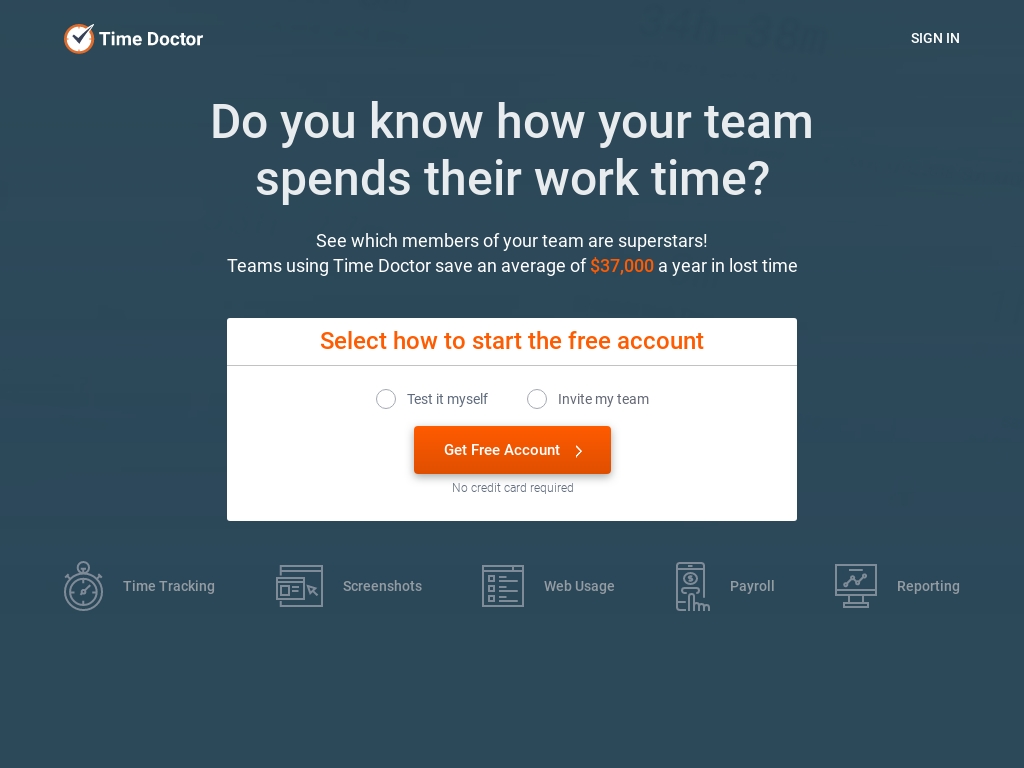
2 Employee Monitoring Business Success Stories [2024]
Managing your workforce effectively can make the difference between growth and stagnation. An employee monitoring business offers critical insights by tracking productivity and ensuring compliance.
At its core, this business involves providing companies with tools and software to observe work patterns, assess performance, and secure data. You’ll be setting up systems that record activities, track working hours, and monitor both onsite and remote employees. This requires a robust understanding of software solutions and data privacy regulations.
For companies aiming to optimize their operations, employee monitoring can uncover inefficiencies and boost productivity. If you have technical expertise and a knack for problem-solving, starting an employee monitoring business can be both financially rewarding and impactful.
Building trust with clients through transparent practices and reliable technology is crucial. This business promises a steady demand as workplaces continue to evolve and adapt to new economic realities.
In this list, you'll find real-world employee monitoring business success stories and very profitable examples of starting a employee monitoring business that makes money.
1. Time Doctor ($22M/year)
Liam Martin and his co-founder Rob Rawson conceived the idea for Time Doctor from a blend of personal frustrations and serendipitous encounters. Liam, who was struggling with managing remote tutors for his previous business, constantly faced disputes over billed hours and actual work done. His personal stress even led to serious health issues. Around this time, at South by Southwest, Liam met Rob, who had an early version of Time Doctor, developed for his internal team.
Intrigued by the potential of this tool to solve his own business issues, Liam saw a broader application for remote work management. Encouraged by their mutual experiences and a timely burst of entrepreneurial itch, they decided to refine the product together. They validated their concept by launching a beta version and eventually moved to a paid model, which revealed true user commitment and provided critical feedback. Throughout the ideation phase, they faced the challenge of balancing product development with market readiness and learned early the importance of charging for their tool to drive real user engagement and valuable insights.
How much money it makes: $22M/year
How many people on the team: 82

Discover how two founders transformed personal frustrations into Time Doctor, a bootstrapped SaaS juggernaut generating an impressive $22 million annually by leveraging strategic SEO, paid ads, and a focused remote work model.
2. Intelogos ($1.2M/year)
Vasily Malyshev, after nearly a decade leading Messapps, struggled with managing remote teams and effective feedback, inspiring him to create Intelogos—a performance management software now backed by a $500,000 venture fund investment.
How much money it makes: $1.2M/year
How much did it cost to start: $50K
How many people on the team: 6

In this case study, Intelogos, a software company focused on employee wellbeing and performance management, shares their journey of overcoming challenges, gaining valuable user feedback, and securing their first customers, including receiving a substantial $500,000 investment from a venture fund after a successful launch on Product Hunt.

Download the report and join our email newsletter packed with business ideas and money-making opportunities, backed by real-life case studies.

Download the report and join our email newsletter packed with business ideas and money-making opportunities, backed by real-life case studies.

Download the report and join our email newsletter packed with business ideas and money-making opportunities, backed by real-life case studies.

Download the report and join our email newsletter packed with business ideas and money-making opportunities, backed by real-life case studies.

Download the report and join our email newsletter packed with business ideas and money-making opportunities, backed by real-life case studies.

Download the report and join our email newsletter packed with business ideas and money-making opportunities, backed by real-life case studies.

Download the report and join our email newsletter packed with business ideas and money-making opportunities, backed by real-life case studies.

Download the report and join our email newsletter packed with business ideas and money-making opportunities, backed by real-life case studies.





